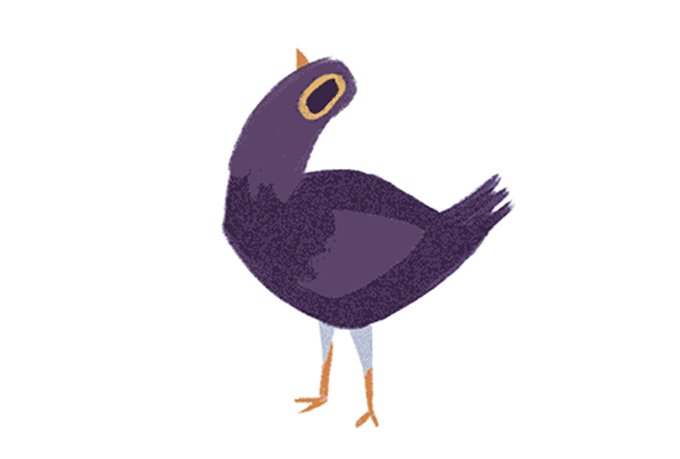February 15, 2017
You might have recently seen a lot of purple dove-like birds banging their heads on your Facebook timeline. There’s a sentence I never thought I’d write. Fear not, fellow netizens, it’s just people posting trashdoves. let me explain.
In what is rapidly becoming one of the most inane but potent examples of crowd behaviour ever seen online people are posting a head-banging bird on, well, everything. All the time. For basically no reason. More than that it’s become the first example of viral-spam to truly become a legitimate threat to social platforms.

One week later they had already gone viral in Thailand starting with this weird and moderately NSFW music video which somehow reached 3.7 million views in under a week. It is now at time of writing at 4.2 million views. You see, in Thailand the word nok (นก) not only means “bird,” but also, “to be ignored or refused by a male.” which somehow tied into Valentines day, which is huge in Thailand.
Just 3 days ago the Trash Dove had made it’s head-banging way into the English-speaking domain, the standard response to which immediately became posting the bird sticker in the comments. Again and again and again. The sensation also spawned the usual number of related image macros, memes and fan-art that any viral weirdness does, but the repetitive sticker posting is a new phenomenon.
Essentially comment spamming or thread jacking has evolved into a self-propelled social behaviour. That in itself is a bit alarming but how does it impact on social business you ask? Well, take a look at these posts from The Verge, The New York Times, The Daily Dot, Business Insider, Vox, Uni Lad, Even Syd Weiler, the creator herself isn’t safe. Bird after bird jamming up comments is definitely going to mess with engagement data, sentiment, legitimate audience comms…just everything really.
Hopefully this craze will die out before it fully migrates (YES IT’S A BIRD PUN!) to other networks although Twitter is already starting to see it pop up in various forms. Fortunately Instagram and Snapchat seem immune for now, mostly due to the lack of sticker availability. Facebook have even started to combat prolific Trash Dove posters with this notification –

1) This dies out and goes away and is never repeated.
2) It is the first in a wave of coming StickerSpam™ (You heard it here first)
We are greatly hoping for the first option, as it seems, are many others. There’s even a petition to have it banned.
If your page is being spammed by the Trash Dove you have our sympathies, ride it out and hope for a bird free March.
